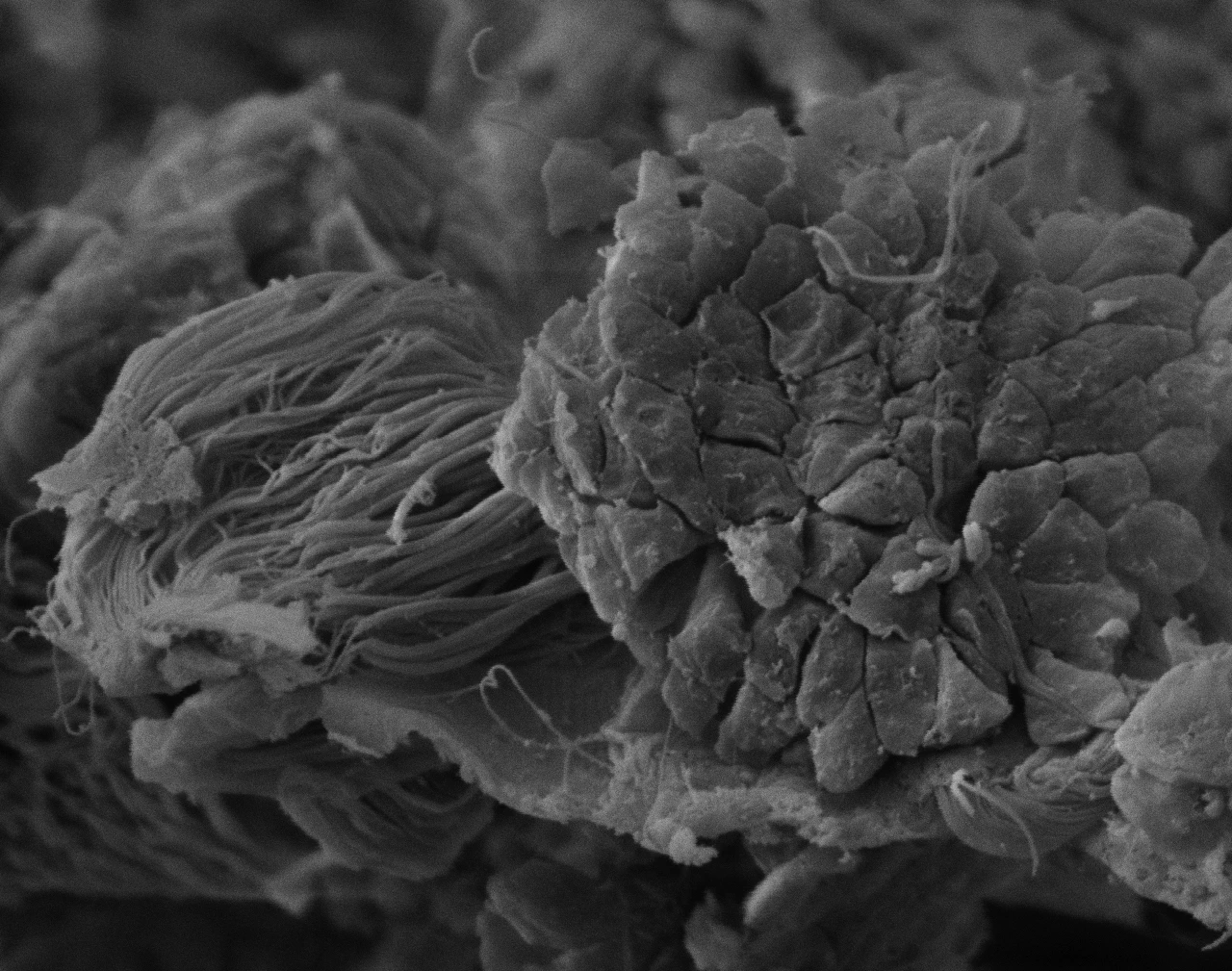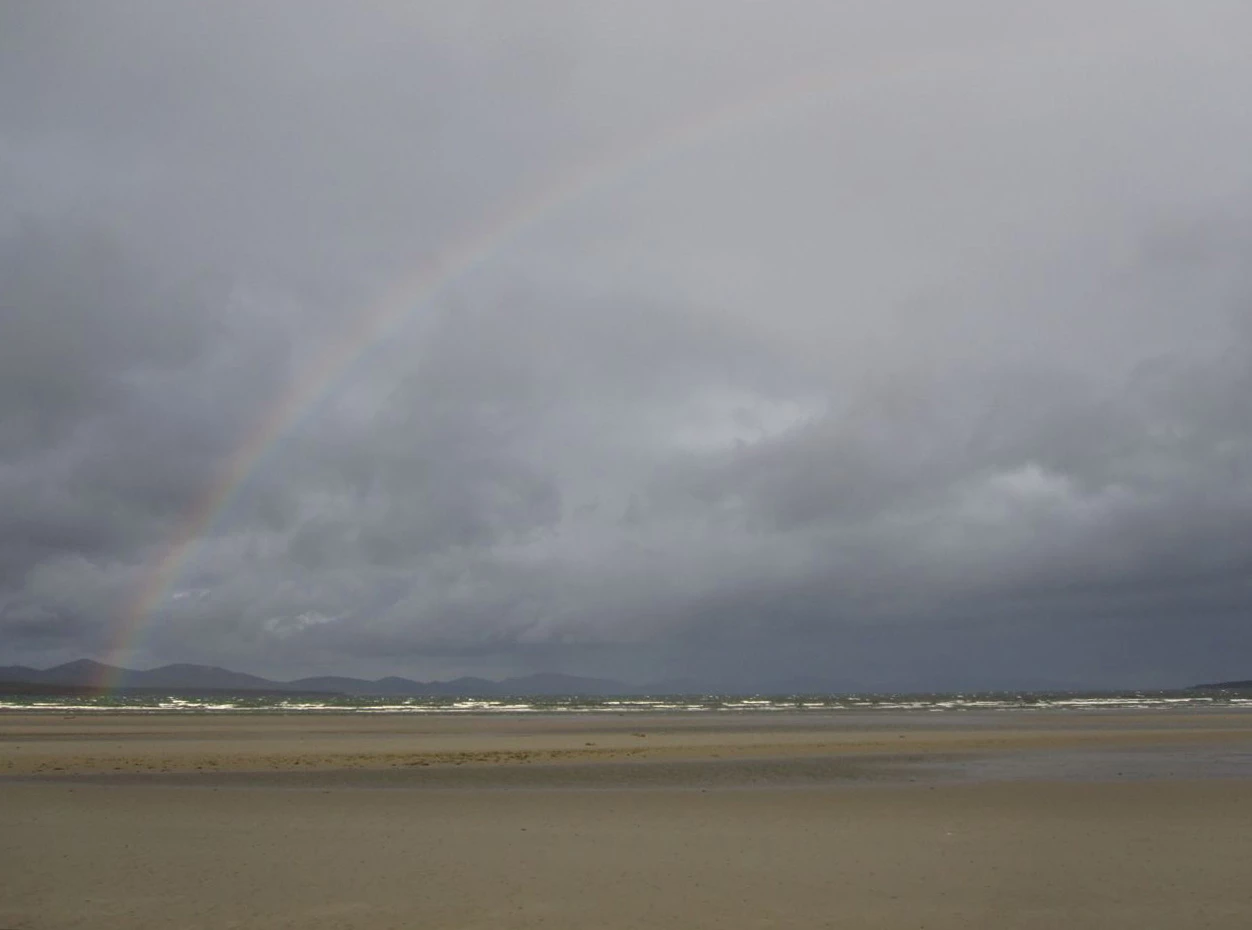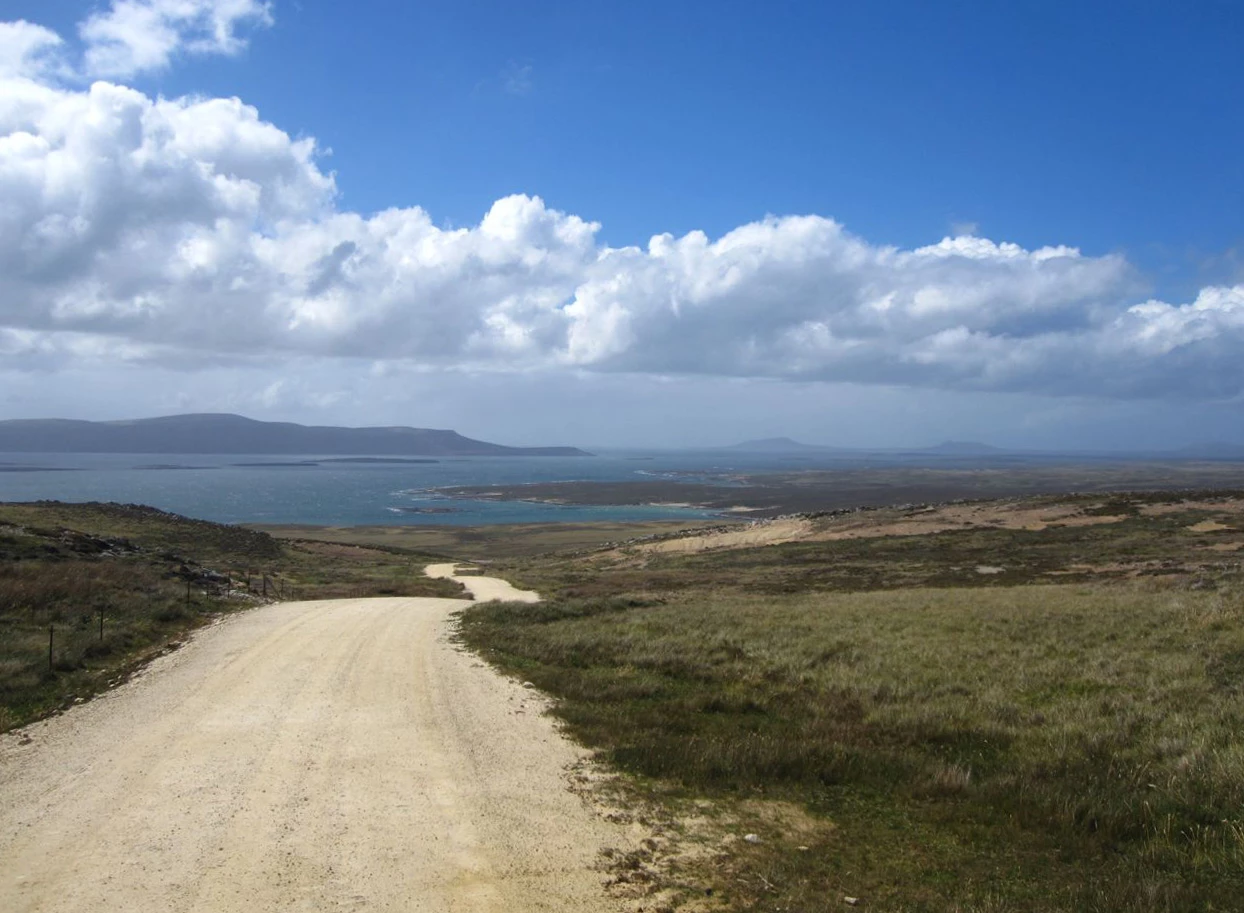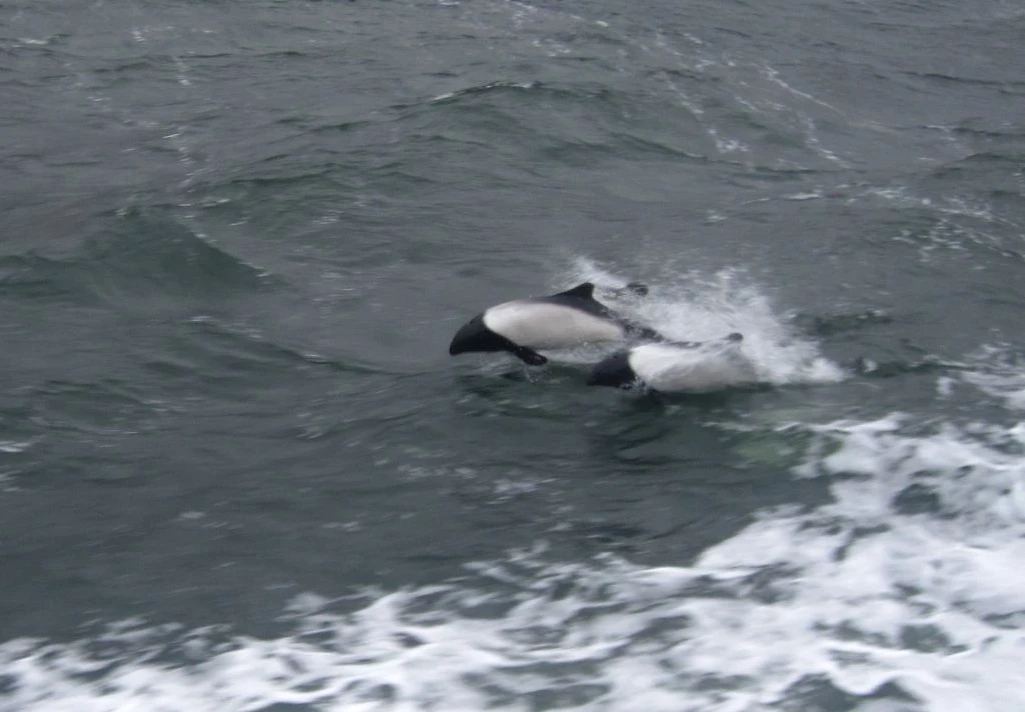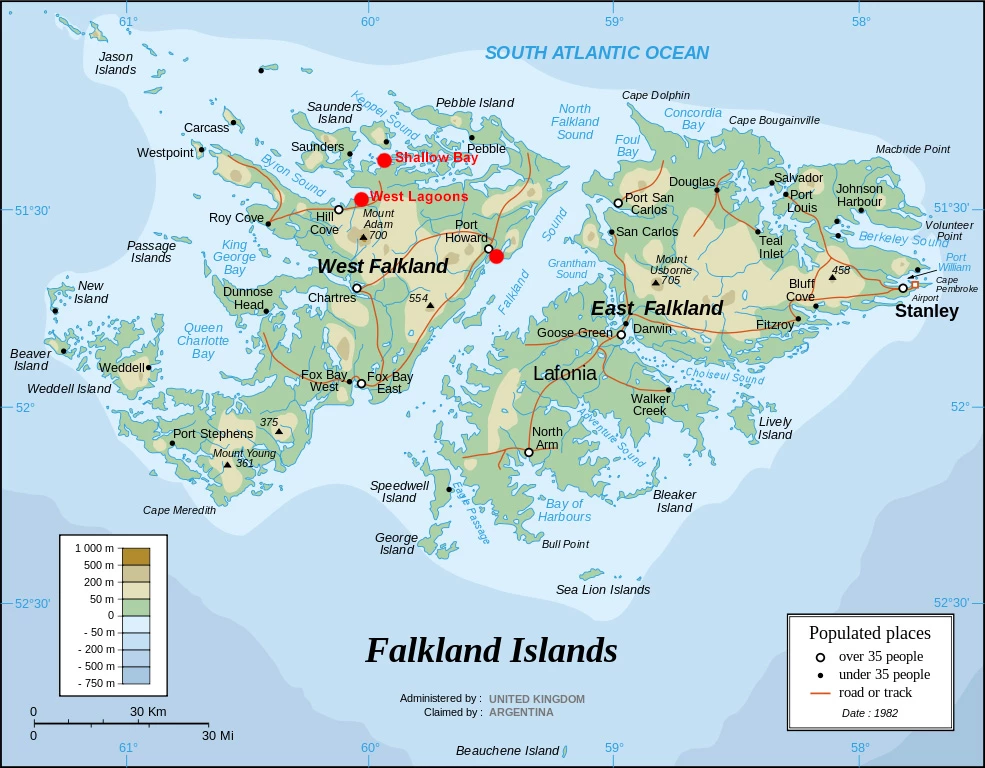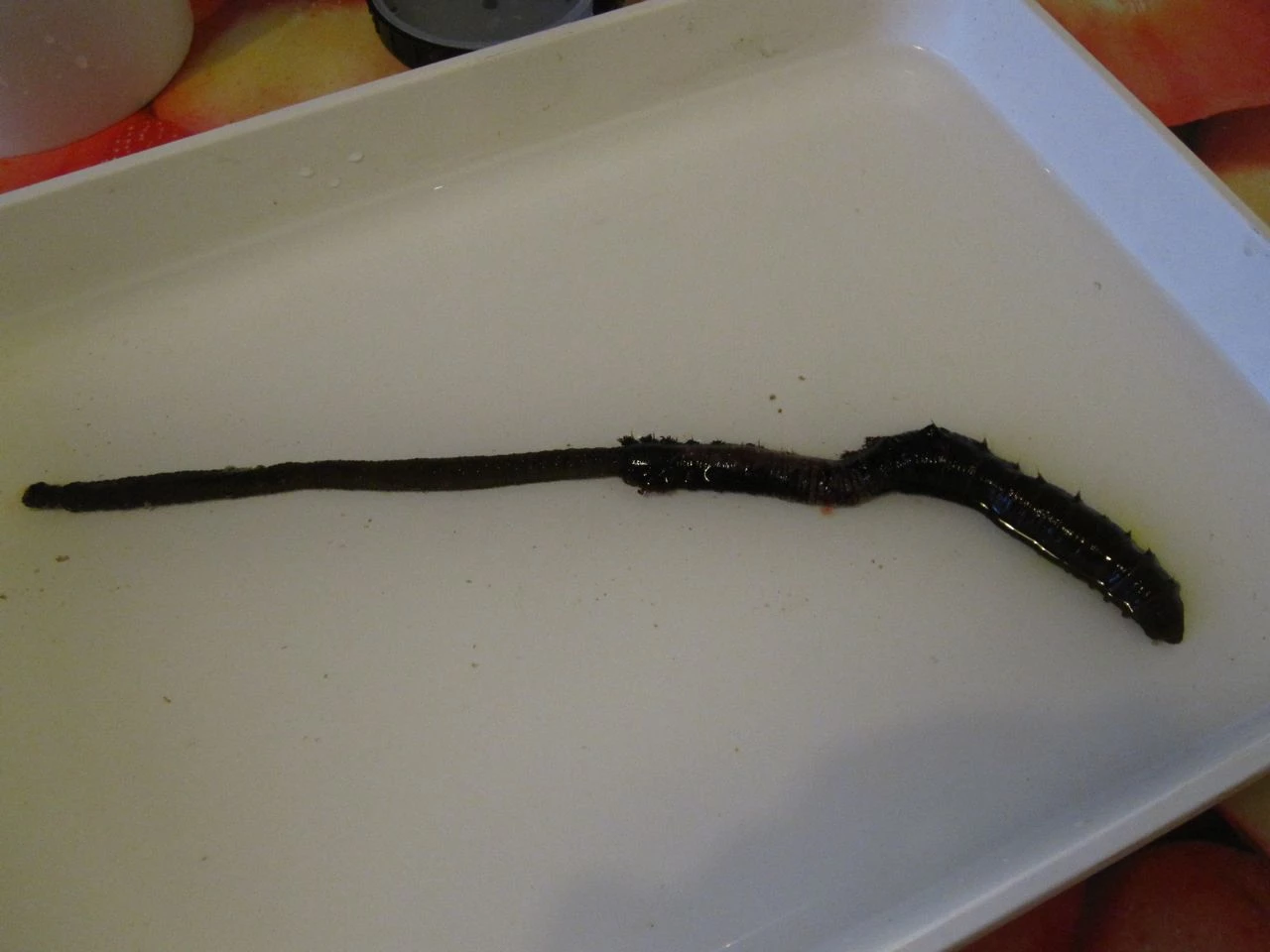30.01.13
Communication with the outside world has been sadly lacking for the last few days as I drive around West Falkland. Mobile coverage only extends to Port Howard and Fox Bay which is where I was able to send a text update from. Since then, mobile and internet access haven’t existed. I am now in Hill Cove, on the north coast of West Falkland where my hosts have been generous enough to allow me access to their broadband.
Getting here has been a long journey in more ways than one. From Fox Bay, I travelled to Port Stephens on the far southwest tip of the island and visited the charmingly named Moonlight Bay. A flat sandy bay with a rich array of animals in both sand and rocky outcrops I then encountered the largest lugworm I have ever seen, measuring 30cm in length!
Only slightly further north but with an opposing aspect, I went to South Harbour. Mostly rocky but with a small soft sandy section enclosed by the rocks I found some interesting crevices to explore as well as a bright orange sponge growing on the surface of many of the shaded overhangs which had fanworms embedded in it.
A long drive back north, past Fox Bay, brought me to Little Chartres Farm, the only place I have stayed in that was not part of my sampling list. The farm is located at the top of the Chartres River which then heads west widening into a large estuary which was my sampling target. A short drive took me to Chartres settlement where I could walk down on to a large open shore with large areas of flat rocky ridges as well as a lot of very soft muddy sand, soft enough to sink into slightly but not disappear! Again, the variety of habitats on the shore provided me with lots of sampling opportunity. The soft sediment harboured some large mobile animals as well as many tubes with worms inside. There were so many animals to try and lok at that I sieved a few spadefuls of the sediment and kept everything retained so I could be sure of making as good an account of what was living there as possible. After leaving the shore at Chartres I then also stopped off on my way back to Little Chartres to have a look at the shore further up the river. There were some worms here but as far as I could tell only of a genus called Boccardia. These worms I have commonly found in most high shore regions and areas closer to freshwater input where the salt content is much more variable than further down a creek or estuary. I did of course collect a few for comparison anyway just to be sure they really were the same!
Northward travel resumed and I headed towards the northeastern tip of the island at Dunbar. The owners directed me further along the road to Hot Stone Cove Creek, a long, narrow bay which, as the tide receded, completely emptied out to leave an expanse of sand leading out to an exposed rocky point. The sand harboured an enormous population of lugworms (but not a population of enormous lugworms this time) but there was also a large diversity of other polychaetes squeezed in amongst them. The rocky headland was also interesting as on the exposed side the rocks were thickly covered in a pink encrusting alga which formed fairly loose crusts. Such crusts can provide a great habitat for animals such as worms so some sections of that went into a pot for investigation. After finishing on the shore my destination was the settlement at Hill Cove where I am staying now for a few days.
It was at this point however that circumstances went downhill rather disturbingly. Without going into long detail, the car I was driving started having a very bad day. This is not what you want when you are on a road that probably sees an average of less than one car a day and the nearest house is several miles away. In a stressful drive involving leaking brake fluid and an overheating engine I limped into Hill Cove which I knew would be the best place to be for help as I would have access to phones, internet and importantly an airstrip for help and, if necessary, car parts to get to me. Magically, the person who hired me the car turned out to have a partner here in the settlement who has taken the car away fixed one problem and is getting a part flown in to fix the other and promised me a spare car to use this afternoon so I can keep my sampling on track as I head west and slightly south to Crooked Inlet. Tomorrow my plan was to stay by the settlement to sample here so a car is not essential and hopefully by then the car will be well again!
Teresa
